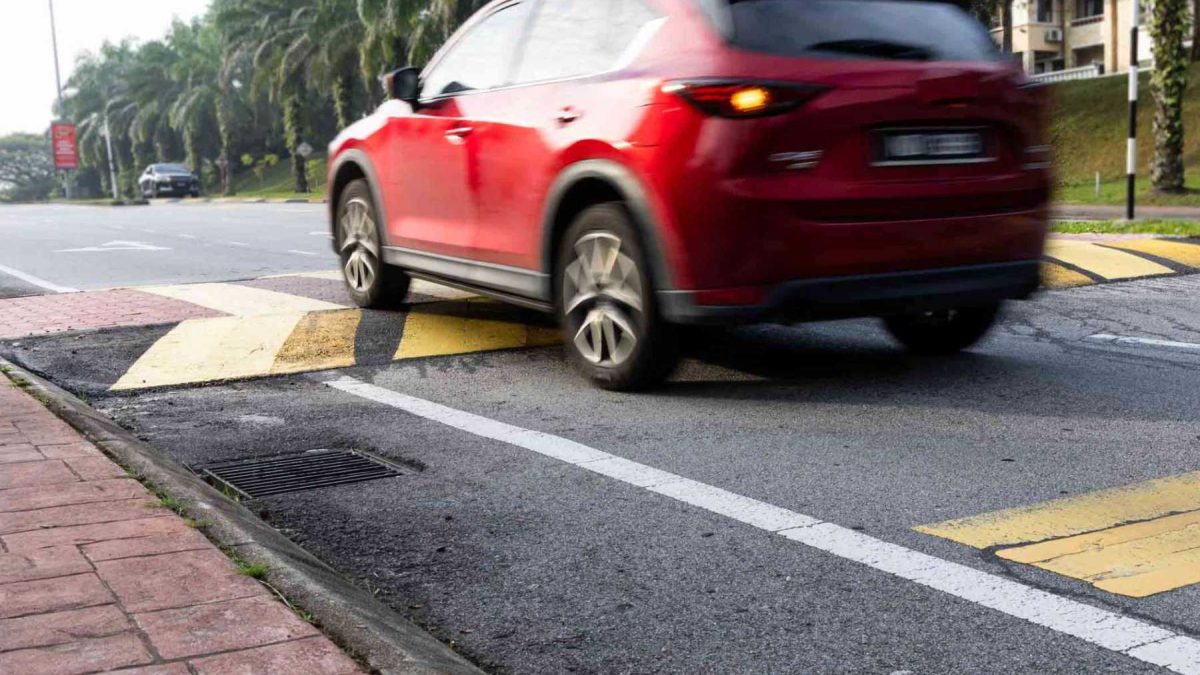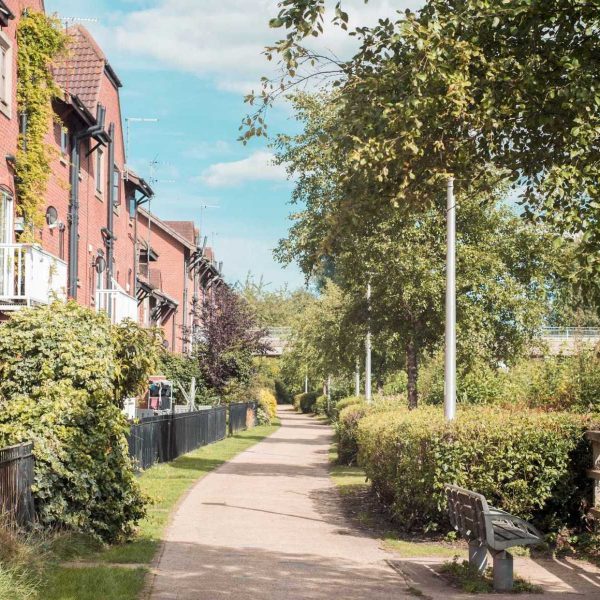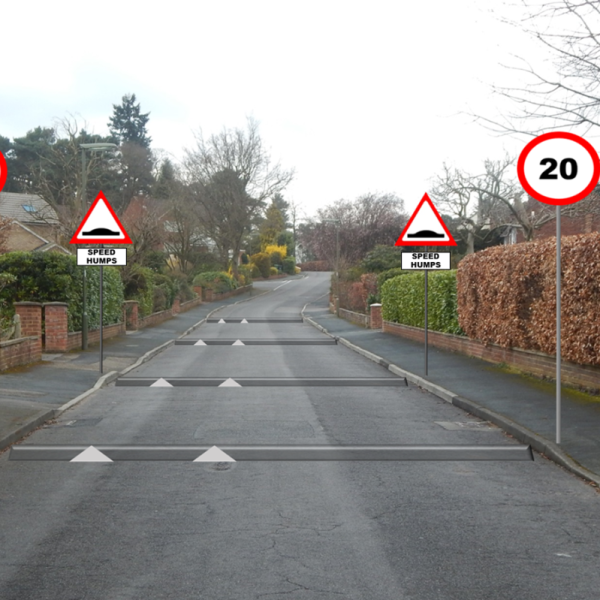
Best Practices for Effective Road Maintenance
Effective road maintenance is crucial for ensuring the safety and quality of our roads.
By implementing best practices, we can reduce the risk of accidents, prolong the lifespan of roads, and enhance overall road conditions. In this article, we will delve deeper into each of these practices to provide a comprehensive understanding of how they contribute to effective road maintenance.
1. Regular Inspections:
Regular inspections are an essential component of road maintenance. These inspections involve thorough examinations of roads to identify any signs of wear and tear, such as potholes, cracks, or other potential issues. It is recommended to conduct inspections at least once a year, but more frequent inspections may be necessary based on the condition of the roads. By promptly identifying and addressing problems, we can prevent further damage and ensure the safety of road users.
2. Regular Maintenance:
Regular maintenance is key to keeping roads in optimal condition. This encompasses various tasks, including filling potholes, patching cracks, and resurfacing roads. By addressing these minor damages promptly, we can prevent them from escalating into more significant issues that can pose dangers to drivers. Moreover, regular maintenance helps extend the lifespan of roads, thereby reducing long-term costs.
3. Proper Drainage:
Proper drainage is crucial for effective road maintenance. Inadequate drainage can result in the formation of potholes, cracks, and other types of damage. It is essential to install and maintain drainage systems that efficiently redirect water away from the roads. By doing so, we can minimize the detrimental impact of water accumulation and ensure road integrity.
4. Regular Cleaning:
Regular cleaning of roads is an often overlooked yet vital aspect of road maintenance. Through routine cleaning, debris and dirt can be removed, thus minimizing the risk of accidents caused by slippery or obstructed road surfaces. Additionally, clean roads contribute to improved aesthetics and overall user experience.
5. Proper Signage:
Appropriate signage is instrumental in alerting drivers to potential hazards, facilitating a safer driving environment. Installing signs that warn of potholes, speed bumps, or other road irregularities can significantly reduce the likelihood of accidents. Clear and visible signage helps drivers anticipate and navigate potential obstacles or challenges along their route.
6. Regular Repairs:
Timely repairs are crucial for addressing any damage that may occur on roads. This includes filling potholes, patching cracks, and resurfacing worn-out sections. By promptly repairing these issues, we can prevent further deterioration and maintain road conditions at an optimal level. Regular repairs not only enhance safety but also contribute to cost savings in the long run.
7. Proper Lighting:
Proper lighting plays a vital role in ensuring road safety, particularly during nighttime or low-light conditions. Well-lit roads provide clear visibility for drivers, reducing the risk of accidents and improving overall road quality. Adequate lighting should be installed at appropriate intervals to ensure road users can navigate safely and confidently.
By adhering to these best practices for effective road maintenance, we can promote safer road conditions and prolong the lifespan of our roads. Regular inspections, maintenance, and repairs enable us to identify and promptly address potential issues. Furthermore, proper drainage, regular cleaning, suitable signage, and appropriate lighting contribute to better road quality and enhanced user satisfaction.
It is worth emphasizing that road maintenance requires proper planning, allocation of resources, and collaboration between various stakeholders, including government agencies, road maintenance professionals, and the public. Continuous efforts and investment in road maintenance not only ensure safer roads but also contribute to the overall development and well-being of communities.
















